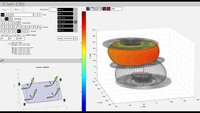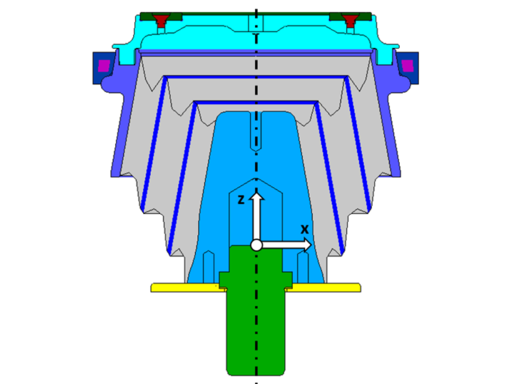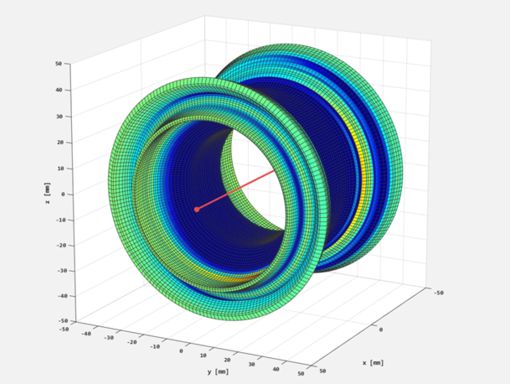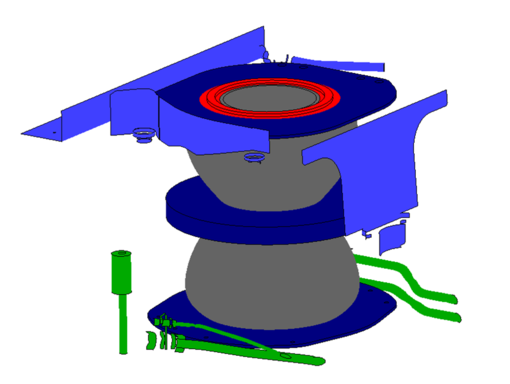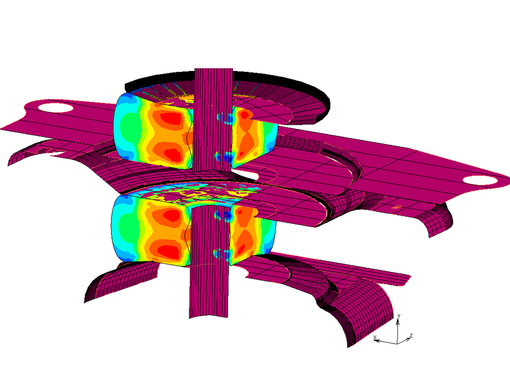The team of Engenium GmbH has decades of experience in the field of numerical simulation and offers you well-founded expertise in the field of linear and non-linear FEM. In the field of non-linear FEM we have specialized in the design and calculation of elastomeric suspension elements and have a unique selling proposition in the field of damage calculation. We accompany our customers from the concept to the first design up to the final construction. The strength verification for metallic components is performed according to all common standards and regulations (Eurocode, FKM, etc.) or according to customer-specific requirements. The verification for the static and/or fatigue strength approval is carried out for steel or aluminium materials, which are produced by common manufacturing processes (machining, forging, welding, etc.).
Simulation Software

We have been using software from the MSC family for about 20 years. As pre- and postprocessors we use Patran and Mentat, as solvers we mainly use Marc and Nastran. Especially for nonlinear FE calculations we have very good experience with MSC marc/mentat.
For specific applications in the field of hyperelastic calculation of elastomers, the in-house programmed FE program can also be used. In postprocessing we mainly use evaluation routines programmed with Matlab. This allows flexible adaptation to customer-specific requirements. Furthermore, strength evaluations can be carried out that are not part of commercial programs.
Software for Damage Calculation - DACA
We mainly work in the field of classical mechanical engineering, special mechanical engineering and rail vehicle technology. The tasks range from calculation and verification of individual components to the design and calculation of complete assemblies, machines or special test benches. Especially in the field of rail vehicle technology, we provide profound Know-how for the development of suspension elements made of elastomeric materials. Our software DACA specially programmed for the service life calculation of elastomer materials has been successfully used in a number of projects. In particular, safety-relevant components for rail vehicle technology have been designed and calculated using finite element analysis - FEA - and their suitability for use has been proven on the basis of load assumptions and/or data from operational measurements.
For the visualization of the FE results and especially for the damage calculation of elastomer components we have programmed an evaluation routine with an independent GUI. For the damage calculation, the corresponding stress and/or strain values for the reversal points of the load signal reduced by means of omission are calculated with the help of the FEA. The results of the 3D support point space and the applied damage hypothesis is counted by means of a Rainflow algorithm and damage is evaluated according to the underlying Haigh diagram.


